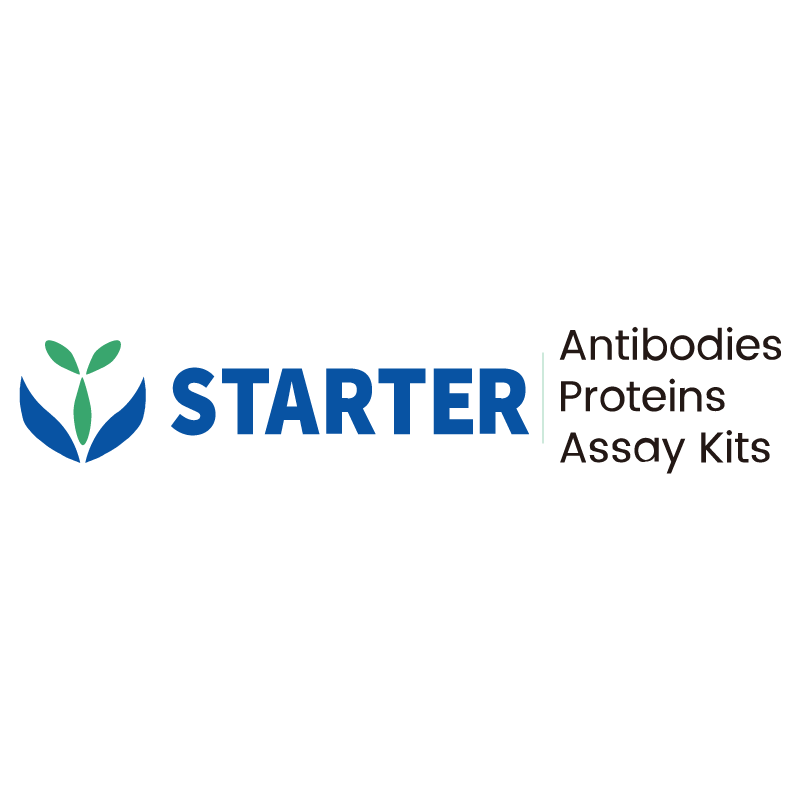Flow cytometric analysis of BALB/c mouse bone marrow labelling Mouse CD172a antibody at 1/2000 (0.1 μg) dilution/ (Right panel) compared with a Rat IgG1, κ Isotype Control / (Left panel). Goat Anti-Rat IgG Alexa Fluor® 488 was used as the secondary antibody. Cells were stained with CD11b - Brilliant Violet 421™ Antibody separately.
Product Details
Product Details
Product Specification
| Host | Rat |
| Antigen | CD172a (SIRPα) |
| Synonyms | Tyrosine-protein phosphatase non-receptor type substrate 1; SHP substrate 1; SHPS-1; Brain Ig-like molecule with tyrosine-based activation motifs (Bit); CD172 antigen-like family member A; Inhibitory receptor SHPS-1; MyD-1 antigen; Signal-regulatory protein alpha-1 (Sirp-alpha-1; mSIRP-alpha1); p84; Bit; Myd1; Ptpns1; Shps1; Sirp; Sirpa |
| Location | Membrane |
| Accession | P97797 |
| Clone Number | S-R713 |
| Antibody Type | Rat mAb |
| Isotype | IgG1,k |
| Application | FCM |
| Reactivity | Ms |
| Positive Sample | BALB/c mouse bone marrow |
| Purification | Protein G |
| Concentration | 2 mg/ml |
| Conjugation | Unconjugated |
| Physical Appearance | Liquid |
| Storage Buffer | PBS pH7.4 |
| Stability & Storage | 12 months from date of receipt / reconstitution, 2 to 8 °C as supplied. |
Dilution
| application | dilution | species |
| FCM | 1:2000 | Ms |
Background
CD172a, also known as SIRP alpha (signal-regulatory protein alpha), is a type I transmembrane glycoprotein belonging to the immunoglobulin superfamily. It is expressed on cells of myeloid origin, including monocytes, macrophages, dendritic cells, and granulocytes, but not on T and B lymphocytes. SIRP alpha plays a crucial role in immune regulation by interacting with its ligand, CD47, which is widely expressed on various cell types, including cancer cells. This interaction transmits a "do not eat me" signal to prevent phagocytosis of healthy cells and is involved in processes like dendritic cell-mediated T cell activation and neutrophil migration. Additionally, SIRP alpha has regulatory effects on cellular responses induced by growth factors, insulin, and oncogenes, and it is implicated in both physiological and pathological processes, such as cancer progression.
Picture
Picture
FC


